Horse Chestnut Bugs – Learn About Common Conker Tree Pests
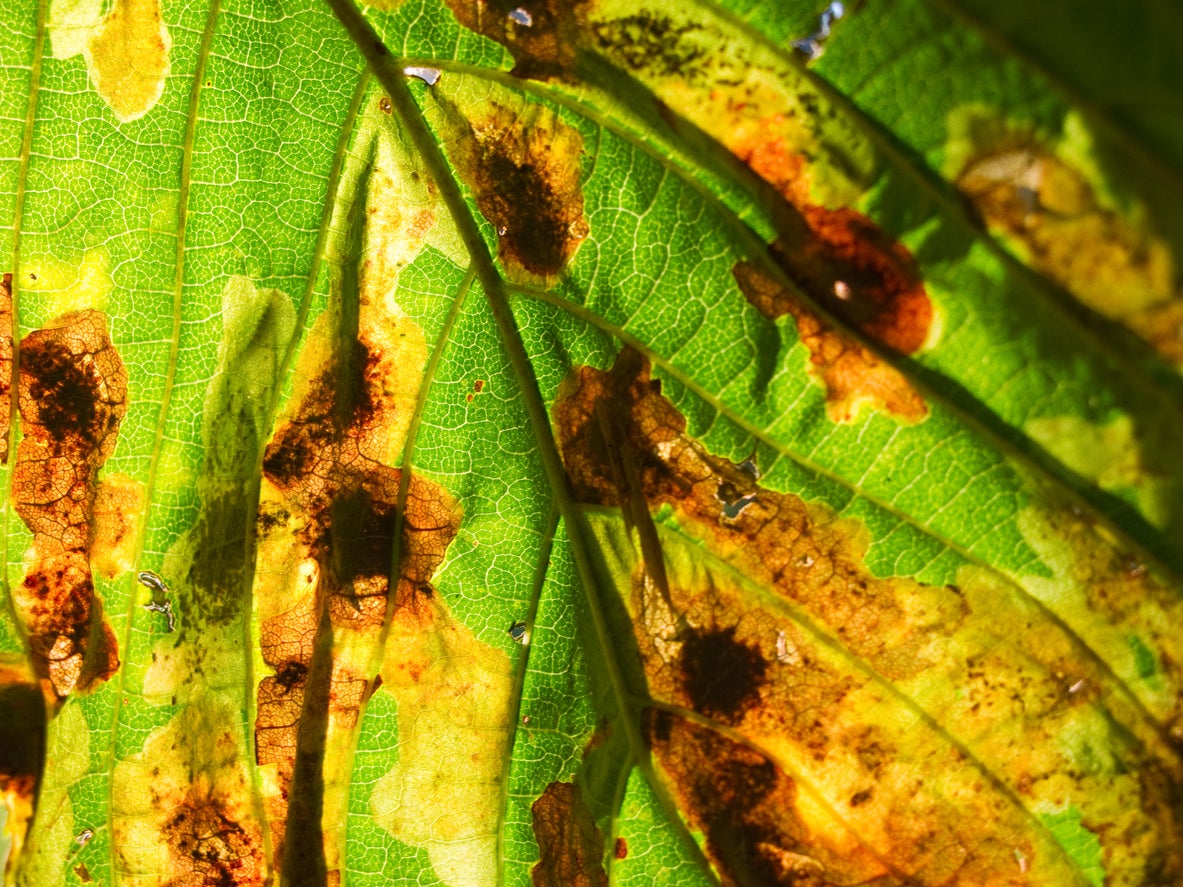

Horse chestnut trees are native to southern Europe but were bought to the United States by the colonists. Today, they grow across the country as ornamental shade trees or street trees. While the chestnuts (conkers) produced by this tree are toxic to man and beast, the trees are subject to a number of horse chestnut pests. Read on for information about horse chestnut bugs and other pests of horse chestnut trees.
What’s Wrong with My Horse Chestnut?
Horse chestnut trees, also called conker trees, are imposing. They can rise to 50 feet (15 meters) or more, with an equal spread. Their wide branches and lovely palmate leaves make them excellent shade trees.
So, what’s wrong with my horse chestnut tree, you ask? When you see your horse chestnut tree failing, you’ll want to try to figure out the problem as soon as possible. Horse chestnut bugs could be attacking your tree or it might be damaged by diseases like chestnut leaf blotch.
Pests of Horse Chestnut
Leaf blotch often appears in combination with horse chestnut leaf miner, a tiny moth. The moth caterpillars tunnel into the leaves to feed, usually in spring. Leaves shrivel up and fall early. If you hold the damaged leaf to the sun, you should be able to see through the area. You might even be able to see the leaf miner larvae in the foliage holes. This appears first on lower branches, then spreads up the tree.
Another of the common horse chestnut bugs is the horse chestnut scale. It is caused by the insect Pulvinaria regalis. The female lays her eggs in spring and the young feed on the leaves. This pest also disfigures the tree, but it does not kill it.
Other common pests include Japanese beetles, which can quickly defoliate the tree, and tussock moth caterpillars, which also feed on the foliage.
Controlling Horse Chestnut Pests
The presence of parasitic wasps can help reduce leaf miner numbers. Horse chestnut leaf miners can be controlled through regular fall and winter cleanup of fallen leaves. Infected leaves should be disposed of; burning is recommended. Systemic insecticides can be applied early in the growing season but may need to be repeated in summer.
Gardening tips, videos, info and more delivered right to your inbox!
Sign up for the Gardening Know How newsletter today and receive a free copy of our e-book "How to Grow Delicious Tomatoes".
Horse chestnut scale can also be minimized with parasitic wasps but, most often, the use of systemic insecticide or insecticidal soap is applied in spring to midsummer, followed by a second treatment within 14 days.
Japanese beetles are difficult to control, though their numbers can be slowed if their larva (grub worms) are targeted in fall. Most caterpillar pests can be managed with Bacillus thuringiensis.

Teo Spengler is a master gardener and a docent at the San Francisco Botanical Garden, where she hosts public tours. She has studied horticulture and written about nature, trees, plants, and gardening for more than two decades. Her extended family includes some 30 houseplants and hundreds of outdoor plants, including 250 trees, which are her main passion. Spengler currently splits her life between San Francisco and the French Basque Country, though she was raised in Alaska, giving her experience of gardening in a range of climates.
-
 Zinnias On Repeat: 10 Glorious Cut-And-Come-Again Varieties For Endless Summer Bouquets
Zinnias On Repeat: 10 Glorious Cut-And-Come-Again Varieties For Endless Summer BouquetsThese zinnia varieties keep giving all summer, making them the perfect choice for dedicated cutting gardens – or just the occasional homegrown bouquet.
By Ellen Wells
-
 Create A Romantic Garden Straight Out Of Bridgerton: Regency Era Romance In Your Garden
Create A Romantic Garden Straight Out Of Bridgerton: Regency Era Romance In Your GardenTry some romantic garden ideas straight out of Bridgerton. Flowers and gardens in the Regency era were lush and charming and you can get the same look!
By Bonnie L. Grant
-
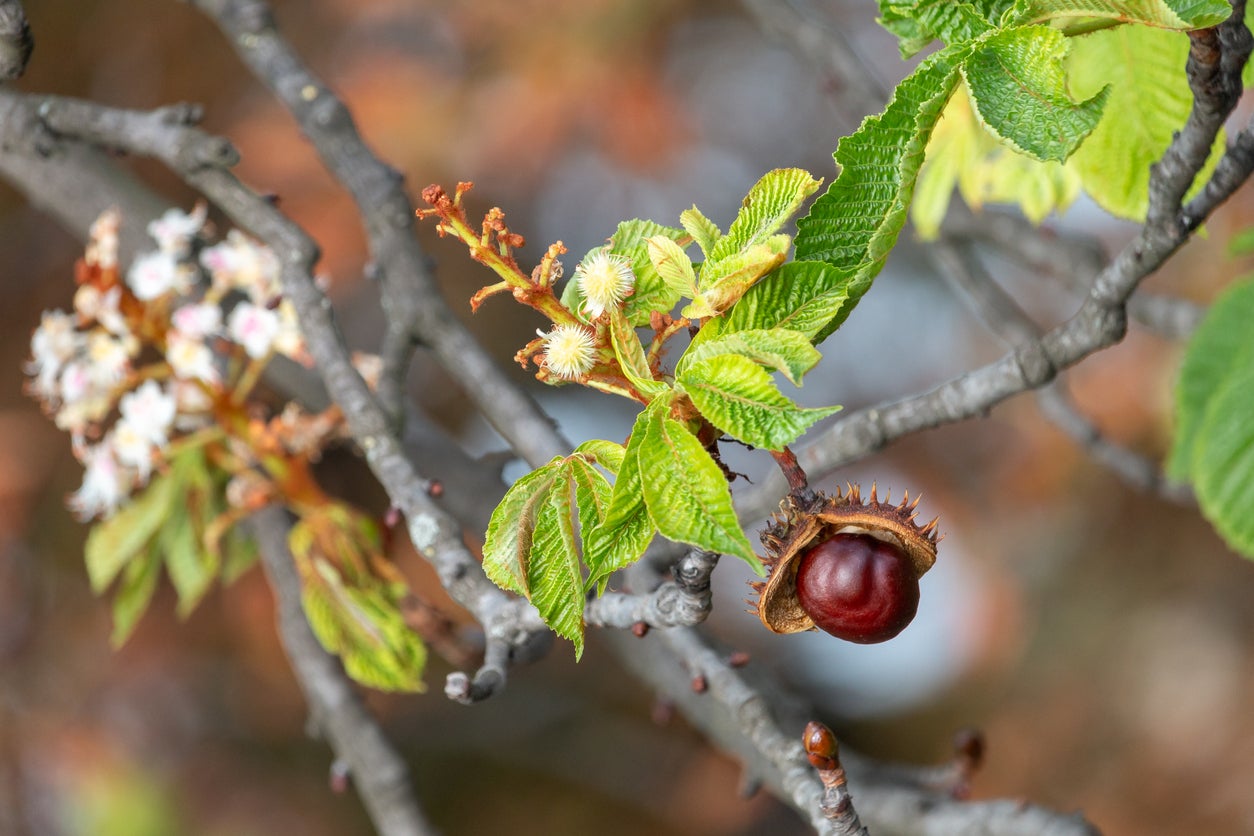 Horse Chestnut Pruning: Should You Cut Back Horse Chestnut Branches
Horse Chestnut Pruning: Should You Cut Back Horse Chestnut BranchesWhat does it take to keep a horse chestnut tree healthy? Do you need to cut back a horse chestnut? The following information on horse chestnut pruning discusses the pros and cons of pruning horse chestnut trees and how to prune them. Click here to learn more.
By Amy Grant
-
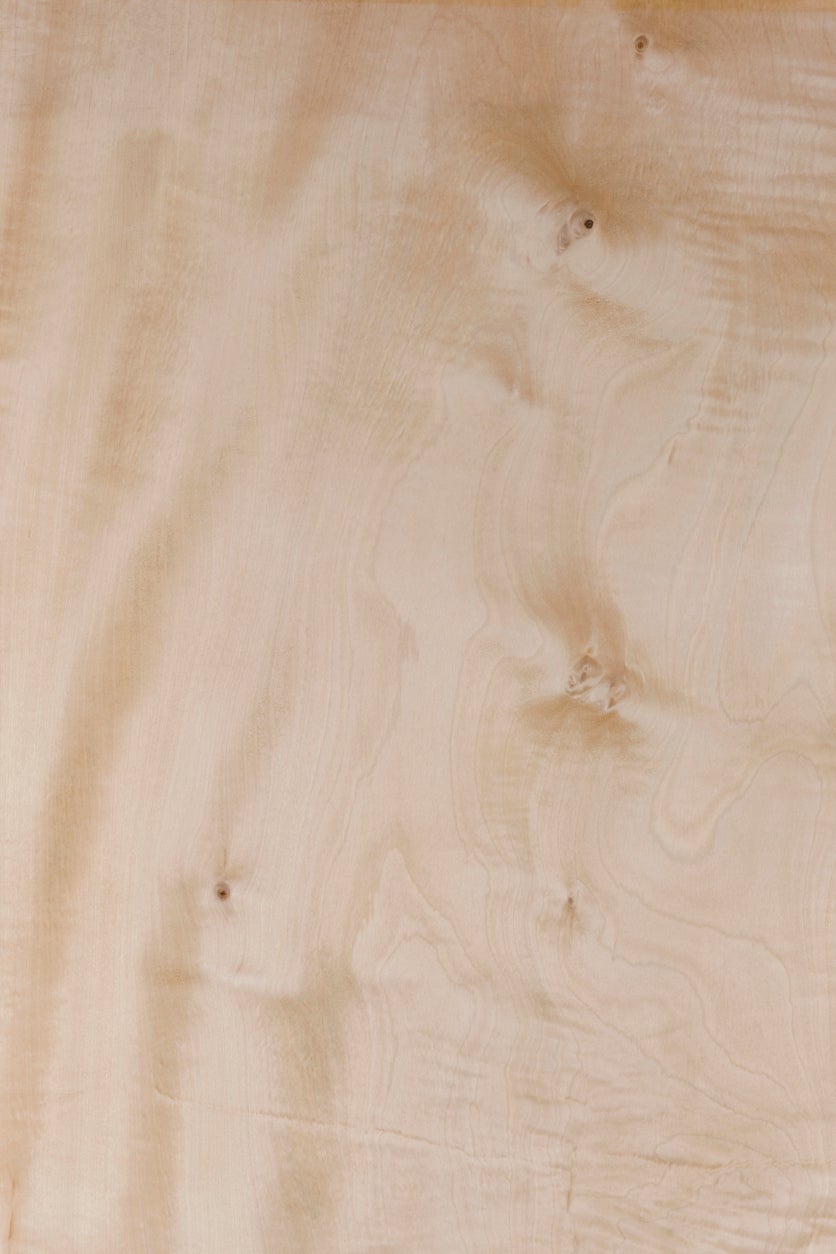 Uses For Horse Chestnut Wood – Building With Horse Chestnut Trees
Uses For Horse Chestnut Wood – Building With Horse Chestnut TreesBuilding with horse chestnut isn’t common because it is a weaker wood compared to others, and doesn’t resist rot well. But, with its creamy color and other desirable characteristics, there are some uses for horse chestnut in woodworking and turning. Learn more here.
By Mary Ellen Ellis
-
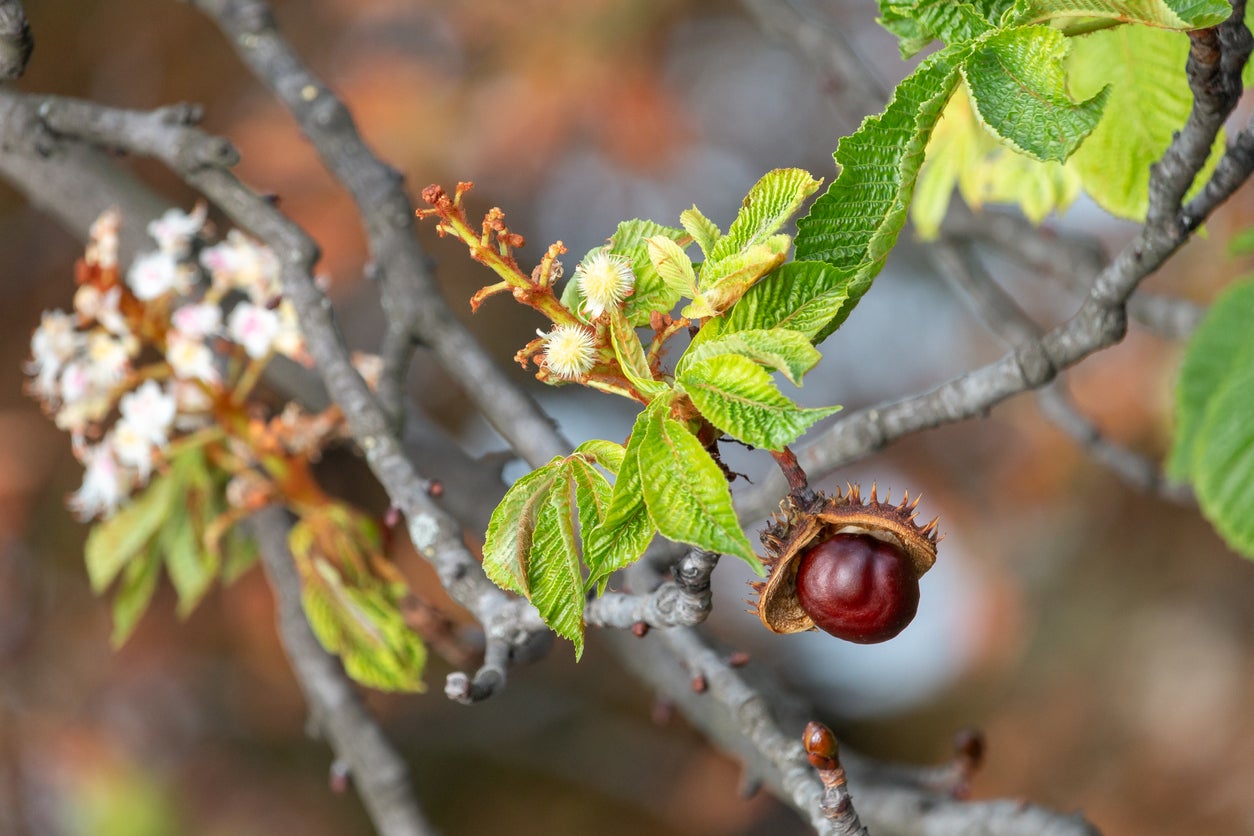 Horse Chestnut Varieties – Are Buckeyes And Horse Chestnuts The Same
Horse Chestnut Varieties – Are Buckeyes And Horse Chestnuts The SameOhio buckeyes and horse chestnuts are closely related but they aren’t the same. Wondering how to tell the difference between buckeyes and horse chestnuts? Learn the distinguishing characteristics of each and more about other Aesculus varieties in this article.
By Mary H. Dyer
-
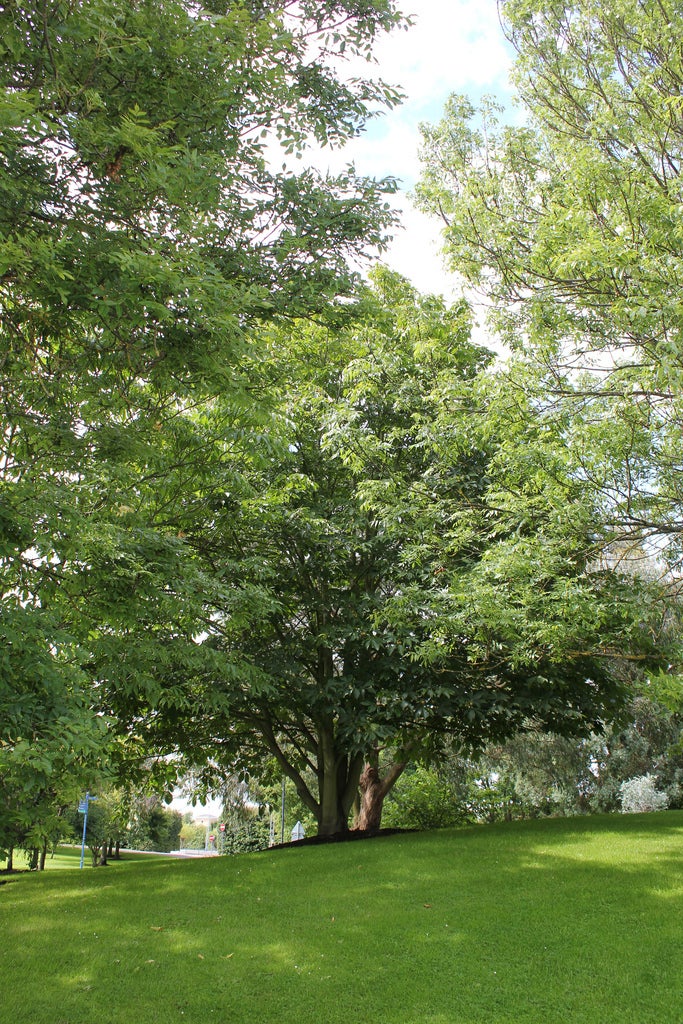 Japanese Horse Chestnut Info: Tips For Growing Japanese Chestnut Trees
Japanese Horse Chestnut Info: Tips For Growing Japanese Chestnut TreesIf you’re looking for a truly spectacular shade tree, look no further than the Turbinata chestnut, also known as the Japanese horse chestnut, tree. Want to learn more? Click on the following article for Japanese horse chestnut info and care for this impressive tree.
By Amy Grant
-
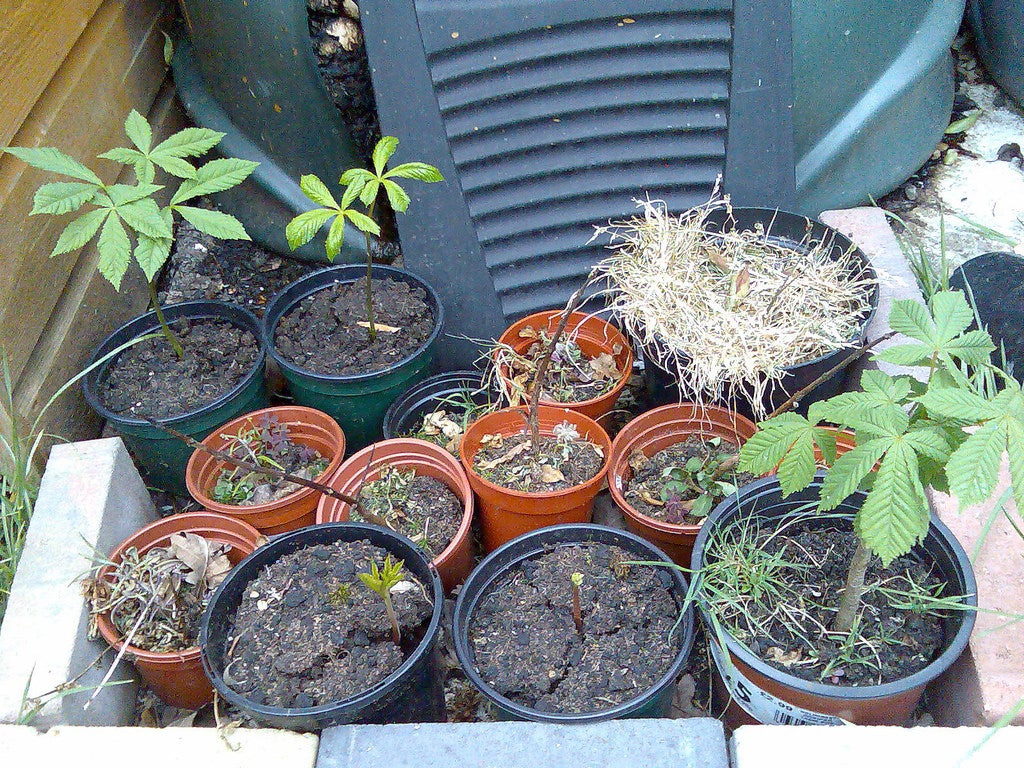 Potted Horse Chestnut Care – Can Horse Chestnut Trees In Containers Survive
Potted Horse Chestnut Care – Can Horse Chestnut Trees In Containers SurviveThe prolific fruit litter from horse chestnuts results in hundreds of intriguing nuts that can be container grown into trees. However, a potted horse chestnut is a short-term solution. Learn more about growing horse chestnuts in containers here.
By Bonnie L. Grant
-
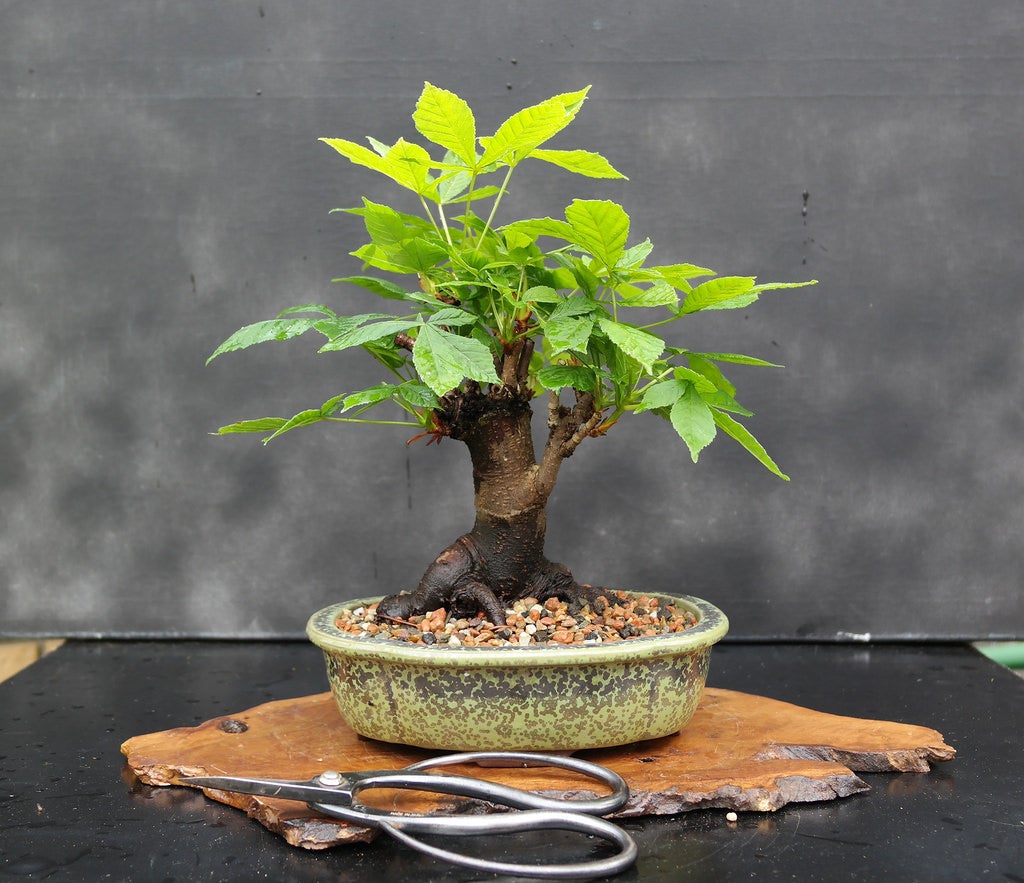 Horse Chestnut Bonsai Plants – Can You Grow A Horse Chestnut Bonsai Tree
Horse Chestnut Bonsai Plants – Can You Grow A Horse Chestnut Bonsai TreeNewcomers to the art of bonsai might have some trepidation about using an expensive specimen for their first attempt. Many native trees can become beautiful bonsai for little cost. Take the horse chestnut, for example. Find out how to grow a horse chestnut bonsai here.
By Amy Grant
-
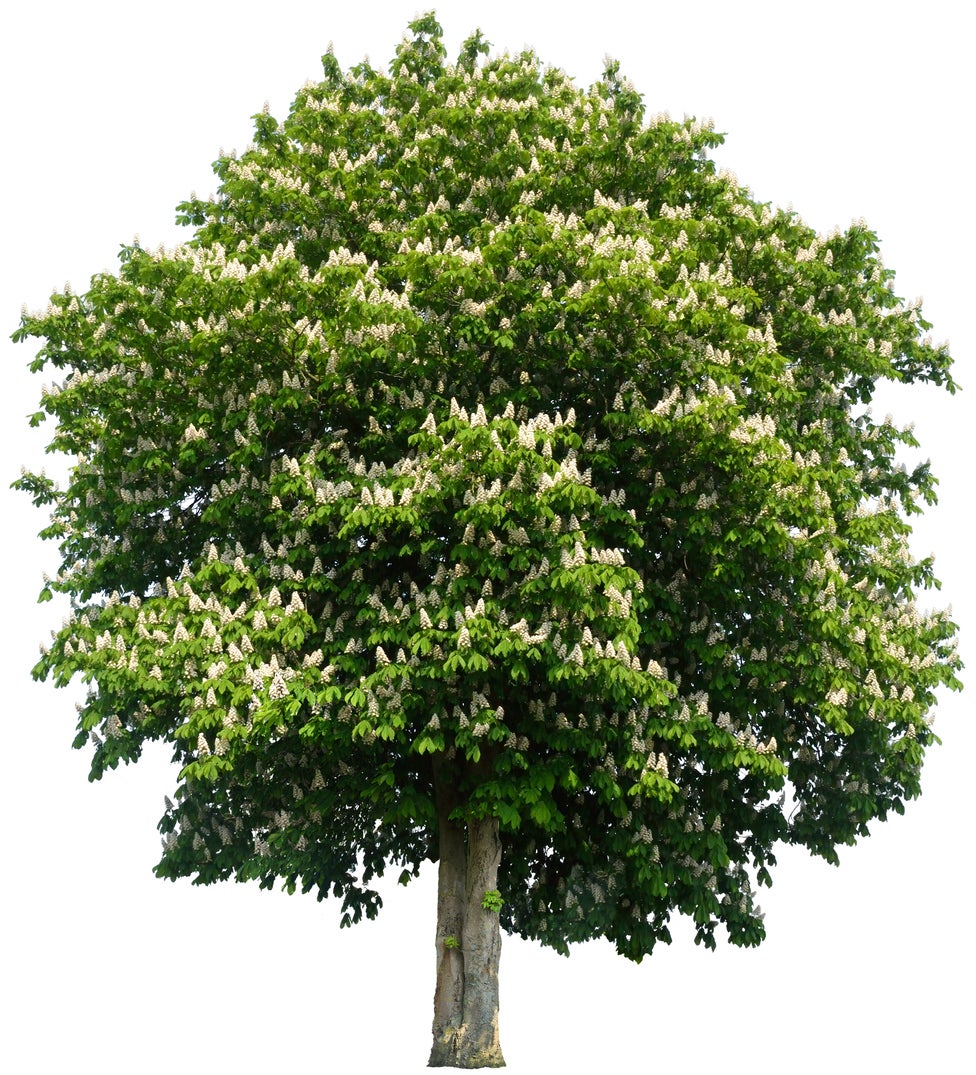 Baumann Horse Chestnut Trees – Care Of Baumann Horse Chestnuts
Baumann Horse Chestnut Trees – Care Of Baumann Horse ChestnutsThe Baumann horse chestnut is an interesting combination of both an attractive flowering tree and one that provides pleasant shade in the summer. Want to see if this tree is a good fit in your landscape? Click here for additional information.
By Tonya Barnett
-
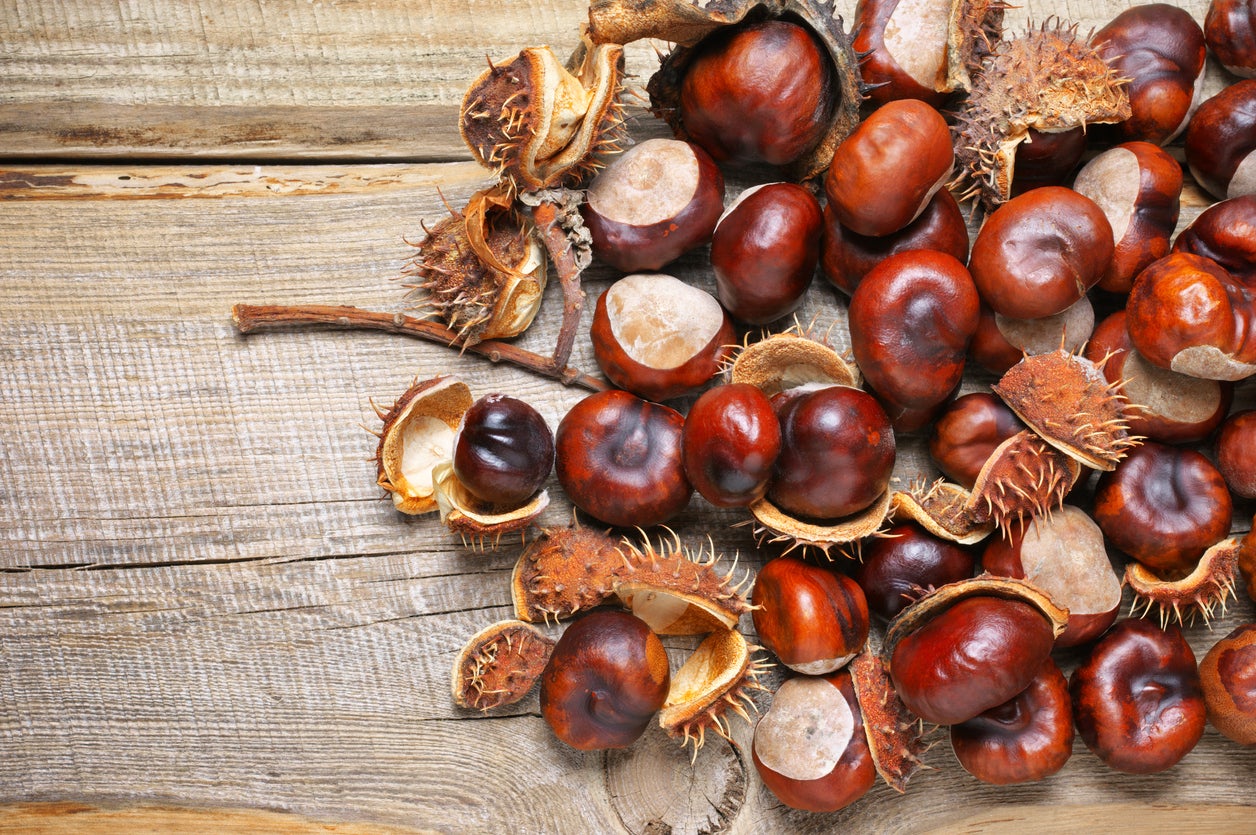 Are Horse Chestnuts Edible: Learn About Toxic Horse Chestnuts
Are Horse Chestnuts Edible: Learn About Toxic Horse ChestnutsWhen you hear the song about chestnuts roasting on an open fire, don’t mistake these nuts for horse chestnuts. Horse chestnuts are a very different nut. Are horse chestnuts edible? They are not and should not be consumed by people, horses, or other livestock. Learn more here.
By Teo Spengler